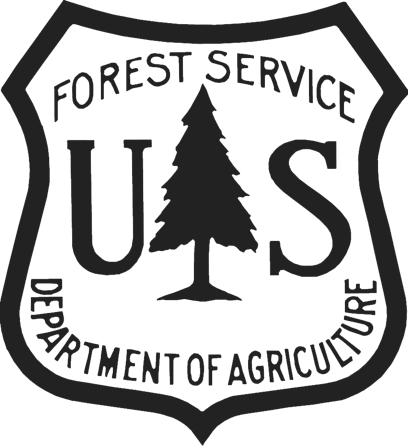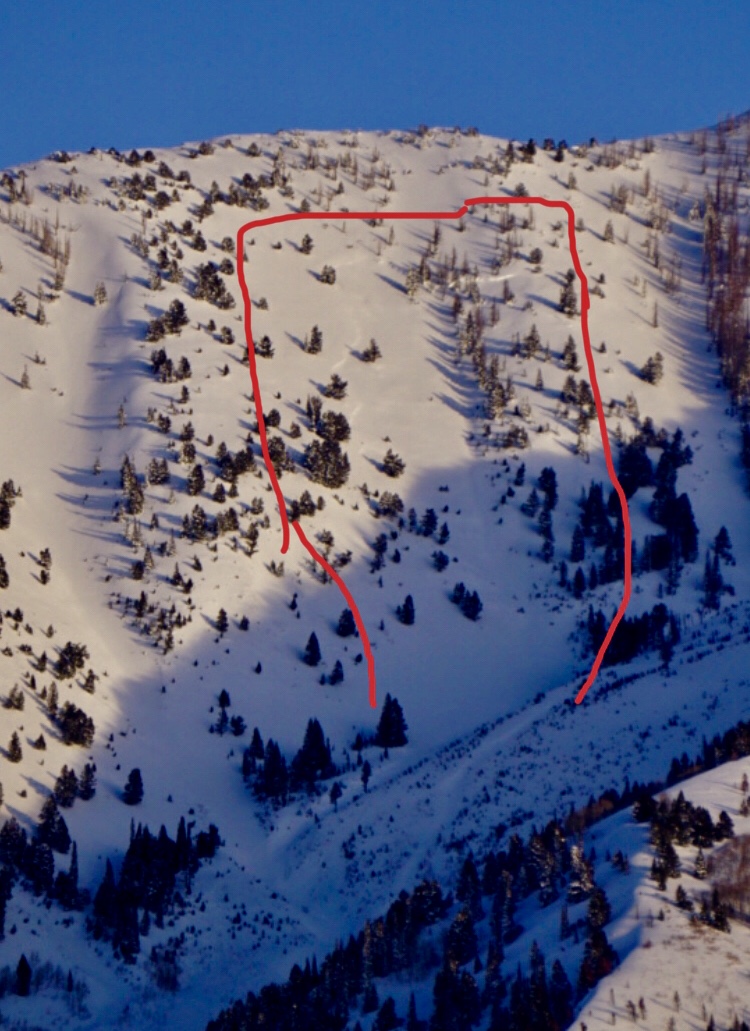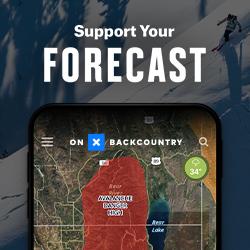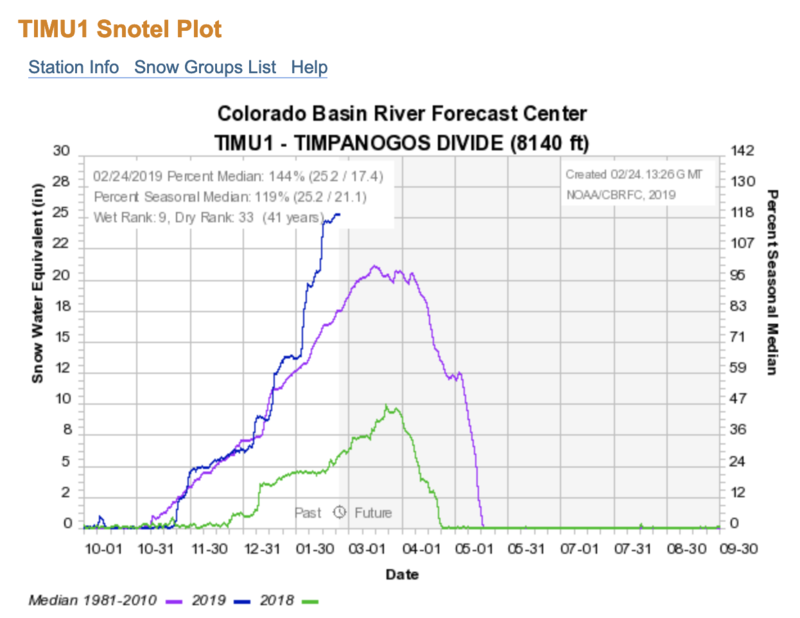Forecast for the Provo Area Mountains

Issued by Greg Gagne on
Monday morning, February 25, 2019
Monday morning, February 25, 2019
Areas of CONSIDERABLE danger exist in the upper elevations of the Provo mountains where deep avalanches breaking down to the ground are possible. Westerly winds will also drift snow at the mid and upper elevations. Although any drifts you encounter are likely to be found on aspects facing north through southeast, cross-loading may create drifts on any aspect.
Watch for wet loose activity today in the lower elevations as the cold, dry snowpack may be reactive to today's warmth and cloud cover.

Low
Moderate
Considerable
High
Extreme
Learn how to read the forecast here







